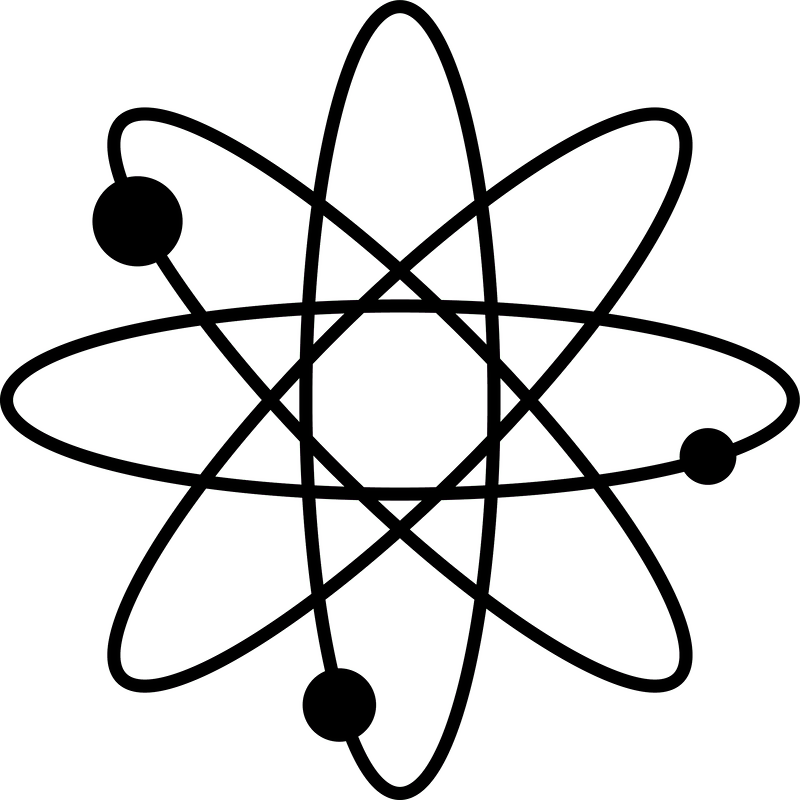Unit Analysis
单位分析
Temperature
温度
In the International System of Units (SI),the unit of measure for temperature is the kelvin (K). Opposed to other unitslike the meter or the second, the kelvin is associated with an absolute scaleof temperature for which the zero point has a particular physical meaning: itis the point of Absolute Zero at which all thermal motion ceases.
在国际单位制(SI),测量温度的单位是开尔文(K)。相反的其他单位如公尺或秒,开尔文和相关量表(绝对温度为零分,其中有一个特殊的物理意义:它的绝对零度点,是停止全热运动。
We can see this in the formula we haveencountered in the previous section:
我们可以看到在这个公式,我们在之前的部分有遇到:
E=kBT
T is the temperature (measured in kelvins!)of a system of particles (a gas for example) and E is the kinetic energy ofthose particles. For T=0 we get E=0 or no kinetic energy – everything is atrest. Notice that this formula would make little sense if you were to plug forT a temperature measured on the Fahrenheit scale. The zero Fahrenheit isslightly under the freezing point of water, but definitely there is motion atthat temperature (there are plenty of liquids and gases that are not frozen).
T是温度(以开尔文测量!)粒子系统(例如气体)和E是这些粒子的动能。对于t=0,我们得到E=0,或者没有动能-一切都静止了。注意,如果你要在华氏温标上测量T的温度,这个公式就没什么意义了。零华氏度略低于水的冰点,但绝对有在这个温度下的运动(有很多液体和气体没有被冻结)。
The Absolute Zero or Zero Kelvincorresponds to −459.67℉ or −273.15℃.
绝对零度或零度相当于−459.67℉或−273.15℃.
Energy
能量
In the International System of Units (SI),the unit of measure for energy is the joule (J). The joule is a derived unitand it is defined in terms of the absolute units for mass, distance and time.Remember from the previous section that the dimensions of energy are:
在国际单位制中,能量单位是焦耳(j)。焦耳是一个派生单位,它是根据质量、距离和时间的绝对单位来定义的。记住上一节,能量的维度是:
[E]=ML2T−2
Then the Joule can be defined as:
然后焦耳可以定义为:
1 J=1 kg×1 m2×1 s−2
Problem
The Boltzmann Constant
玻尔兹曼常数
Because E∼kBT, kB has the dimensions of energy overtemperature, so its units in SI are J⋅K−1. Its value is:
因为E∼kBT,kB 的能量对温度的维度,所以在SI的单位J⋅K−1.。它的价值是:
kB=1.38×10−23 J⋅K−1
The scale of this constant is not arbitraryand it is connected to the number of particles in a mole of gas:
这个常数的规模不是任意的,它联系到一个摩尔的气体粒子数量
6.02×1023.
The Planck Constant
普朗克常量
Because E=hν, h has the dimensions ofenergy and time, so its units in SI are J⋅s. Its value is:
因为E = hν,H有能量和时间的维度,所以在国际单位值是[J].⋅S.:
h=6.626×10−34 J⋅s
We will talk more about this constant inthe quantum lectures, but for now notice the scale we are dealing with: 10−34.
我们将谈论更多关于这个常数在量子讲座,但现在通知我们处理规模:10−34。
We can use Planck's constant as a naturalunit for expressing weight. The reasoning is similar to the use of the speed oflight c as a natural unit for expressing length. In the previous section wehave showed that:
我们可以用普朗克常数作为表示重量的自然单位。这种推理类似于使用光速C作为表示长度的自然单位。在上一节中,我们已经展示了:
[h]=ML2T−1
So we can rewrite the dimension of mass as
所以我们可以改写质量的维度
M=TL−2[h]
We can replace use the natural unit c toreplace the dimension of length: L=T[c]
我们可以用自然单位C代替长度的长度:L=T[c]
So we get:
所以我们得到:
M=[h]/T[c]2
The relation between dimensions also givesus the relation between units (up to a dimensionless constant):
量纲之间的关系也给出了单位之间的关系(达到一个无量纲常数):

The dimensionless constant can be easilyfound if you replace h and c with their numerical values expressed in units ofkg,s. Then all the units will cancel out and you are only left with an equalitybetween dimensionless numbers.
无量纲常数可以很容易找到,如果你用H、C,S表示的数值来替换H和C,那么所有的单位都会抵消,而你只剩下无量纲数之间的等式。



